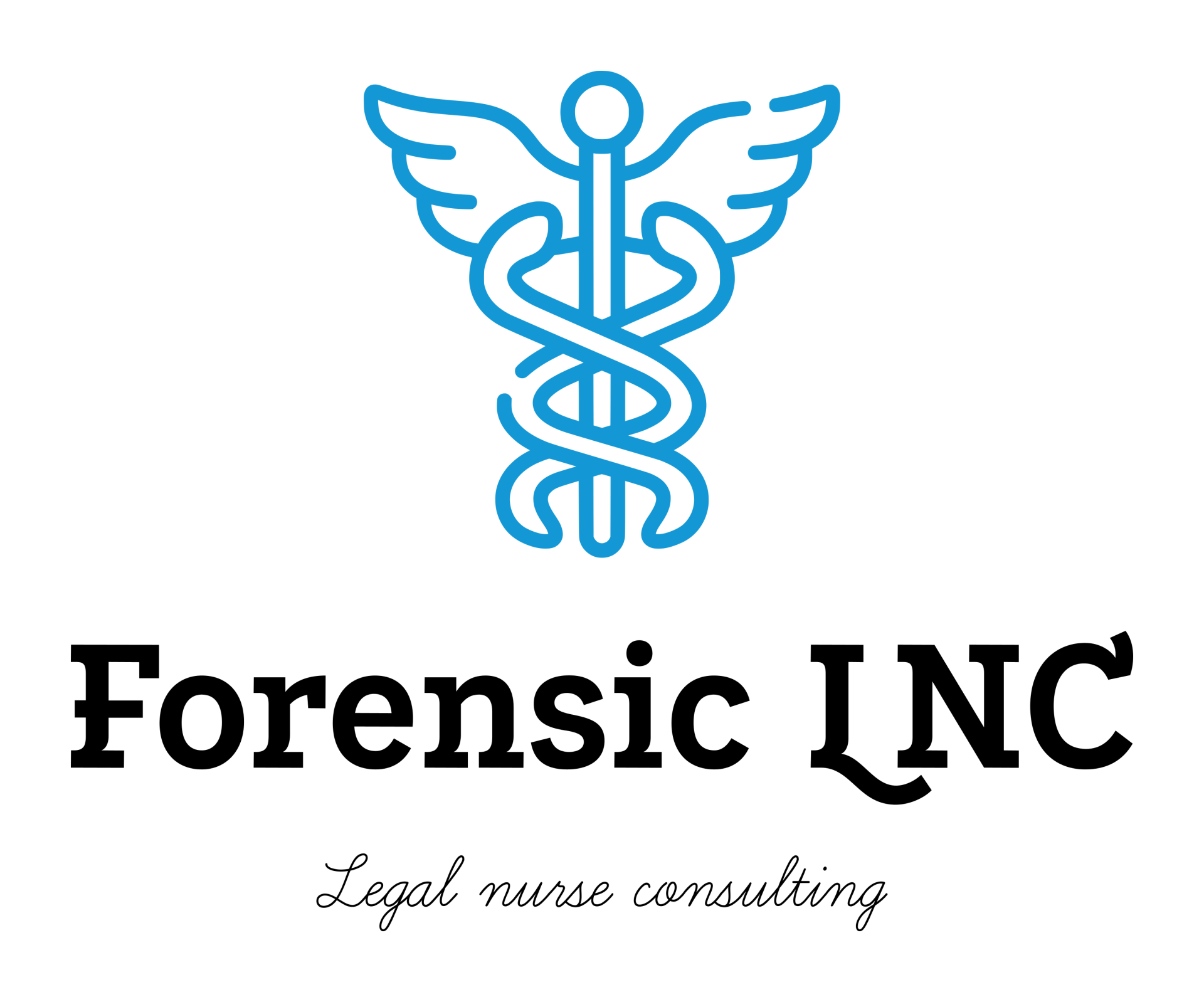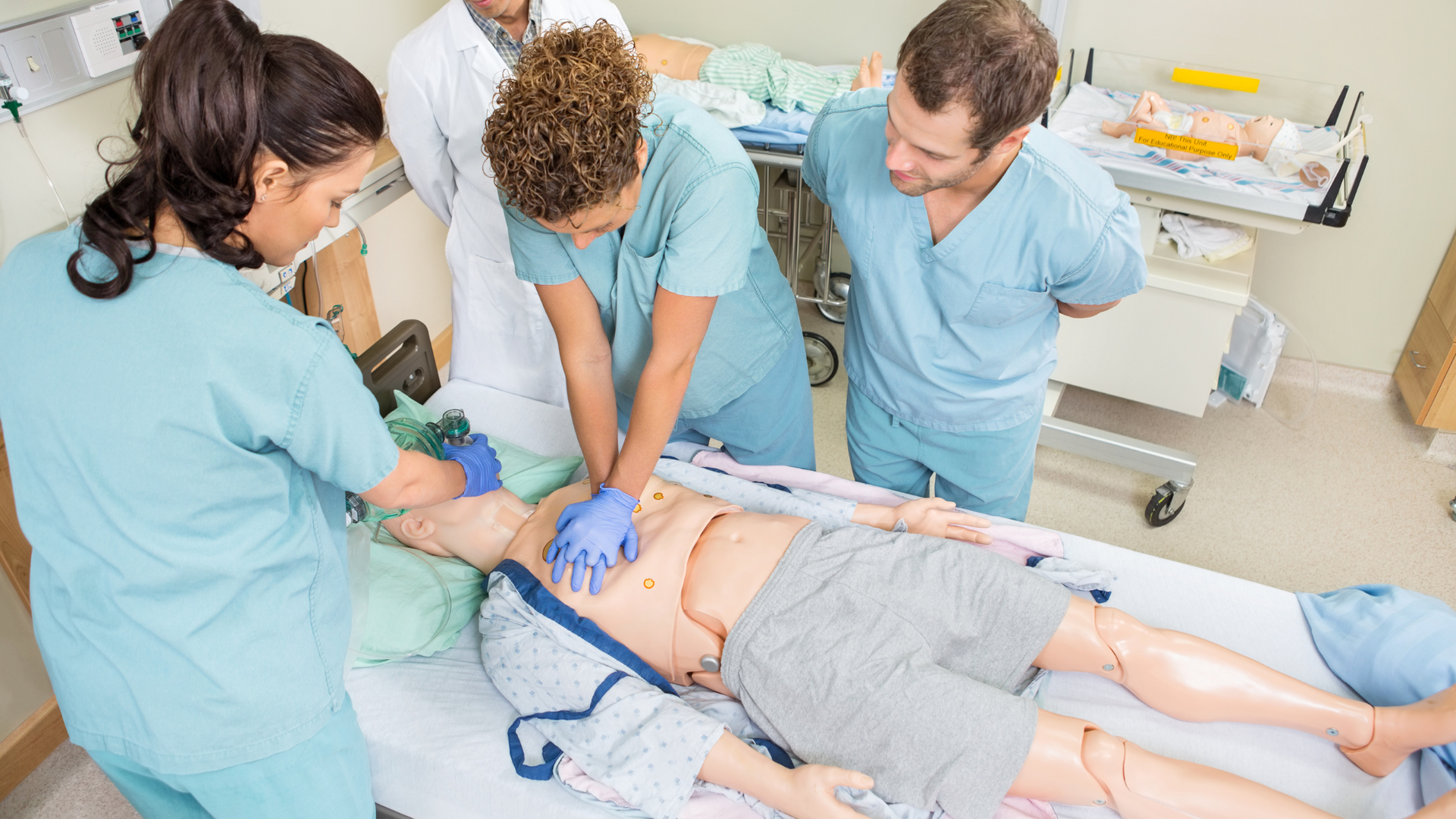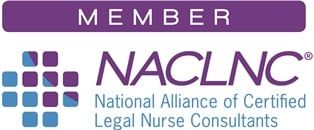
Treating the Cardiac Arrest Patient
Treating the Cardiac Arrest Patient

Introduction
Cardiac arrest is a terrifying experience, but it's not the end of the world.
In fact, sometimes, it's just the beginning.
Cardiac arrest occurs when the heart stops beating due to an electrical disturbance in the heart's rhythm. The brain needs oxygen-rich blood to survive, so if your heart stops beating, you will lose consciousness and die within minutes if you don't get help.
But don't worry! Cardiac arrests are actually quite rare—and luckily, there are things healthcare providers can do to optimize your recovery.
Rhythms
When the heart's pumping action ceases, the body can no longer get oxygen to its organs and cells. This is called cardiac arrest. If you are with a patient who is having a cardiac arrest, follow these steps:
- Call 911 or your local emergency medical service (EMS) immediately. Tell them you need an automated external defibrillator (AED) and an ambulance. If no immediate help is available, begin CPR as soon as possible to keep blood flowing through the body and keep vital organs alive until help arrives.
- Use an AED if available; otherwise, begin chest compressions while waiting for EMS personnel to arrive with their own AEDs.
- Getting the patient to the hospital as soon as possible is the top priority. Time equals brain death. In the hospital, many treatments can be initiated to improve outcomes for the patient.
Hypothermia Protocol- Code ICE
Medically induced hypothermia, or "Code ICE," is a treatment that can help those who have suffered a cardiac arrest. It involves lowering the body temperature to between 32 and 34 degrees Celsius. This decreases harmful metabolic processes in the body and reduces the risk of further tissue damage, allowing the brain and other organs to recover more quickly from a lack of oxygen.
This treatment has been shown to improve survival rates for those who have suffered a cardiac arrest by as much as 10%.
Pacing (transcutaneous)
Pacing is a lifesaving treatment in cardiac arrest. It improves the heart's function and can help it start beating again.
Pacing may be used in addition to chest compressions (CPR). Pacing can sometimes be used instead of CPR because the patient has bradycardia or ventricular tachycardia.
Thrombolysis
Thrombolysis is a treatment for blood clots. A clot-dissolving medication is injected into the bloodstream, which can be used with other treatments to treat pulmonary embolism and stroke.
Cardiac Cath Lab
If you have cardiac catheterization, you will be sedated and may already be on a ventilator to help you breathe. A tube (sometimes called a catheter) will be inserted into your groin area, threaded through your blood vessels, and advanced into the coronary arteries. This tube allows your doctor to perform an angiogram or stent procedure while monitoring the function of your heart muscle and the amount of blood flowing into it. The procedure occurs at a hospital’s cardiac catheterization or cath lab.
Intra aortic balloon pump (IABP)
The intra-aortic balloon pump (IABP) is a catheter inserted through the femoral artery and placed into the descending aorta. The IABP assists circulation in patients with acute myocardial infarction, cardiogenic shock, or acute heart failure. It helps maintain mean arterial pressure by reducing afterload and increasing cardiac output.
ECMO (extracorporeal membrane oxygenation)
Extracorporeal membrane oxygenation (ECMO) is a life-saving treatment for patients who are critically ill and can't breathe on their own. ECMO can be used in both adults and children, and it may be necessary for a variety of reasons:
- To treat heart attack or cardiac arrest
- To treat severe heart failure (the inability of the heart to pump blood through the body)
- To treat shock (a sudden drop in blood pressure) after open-heart surgery or other invasive procedures that damage the heart
- For complications from surgery or other invasive procedures that damage the lungs
Mechanical Ventilation
Mechanical ventilation is a respiratory therapy treatment for patients who cannot breathe independently or have difficulty breathing. Patients may need mechanical ventilation for many reasons.
Respiratory failure is one reason. When your body is not getting enough oxygen, it can lead to shortness of breath, fatigue, and confusion.
Cardiac arrest (a heart attack) is another reason. After a heart attack, the patient may not be able to breathe independently because of low blood pressure or poor oxygen supply to the brain.
Resting the heart between heart attacks (cardiogenic shock). If the heart is weak after a heart attack, it may need time off from work while it recovers its strength with support from IV fluids and blood thinners (vasodilators) that open up blood vessels so more blood can flow through them.
If you suspect cardiac arrest, the first thing you should do is call a code. Next, get help on the way and then perform CPR while waiting for them to arrive.
Conclusion
No one wants to witness a person having a heart attack or, worse yet, experiencing one. Rest assured; the available medical technology is highly likely to save a life. Time is life, so knowing the symptoms of a heart attack is most important. Getting medical assistance is second, and learning how to perform CPR if someone goes unresponsive is third.
Once the patient is at the hospital, doctors and nurses will do everything possible to save the person's life.
Share
a b c d e f g h i j k l m n o - Do not remove from template!!! it is important to support different fonts

